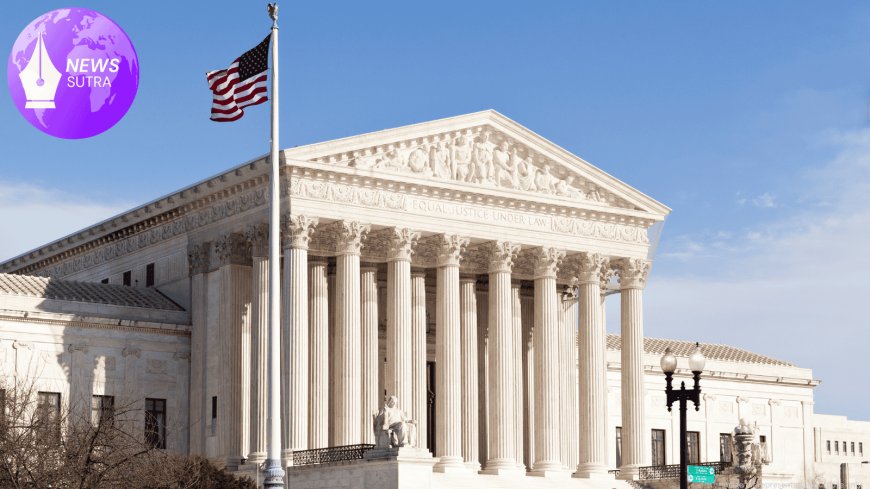Tipping the Scales: How the U.S. Supreme Court Could Redefine State Powers in 2026
The U.S. Supreme Court is set to hear pivotal cases in 2026 that may redefine state powers on abortion, gun rights, and environmental controls.

As 2026 approaches, the U.S. Supreme Court stands poised to deliver landmark rulings that may transform the boundaries between federal authority and state sovereignty. With cases addressing abortion regulation, gun control, and environmental oversight on the horizon, the Court may well be setting the stage for a seismic shift in constitutional federalism.
This article examines the key legal battles, their implications for state power, and the emerging political and civic consequences.
1. Abortion: State Restrictions Versus Federal Standards
The next term could feature high-profile cases challenging state-imposed limits on abortion that contend with newly defined federal standards. Post-Dobbs, states revived aggressive abortion restrictions, from total bans to draconian clinic regulations. Expect to see cases testing:
-
Whether states can enact near-total bans without triggering federal constitutional scrutiny, such as emergency protections for health or maternal life.
-
How such laws intersect with interstate travel rights and federal criminal statutes.
These rulings could affirm—or restrict—state autonomy over reproductive health, while redefining what counts as undue burden under abortion law.
2. Gun Rights: Statewide Bans Versus Local Control
Gun rights remain one of the most contentious domains of federalism. Potential cases may include:
-
Challenges to statewide bans or severe restrictions on firearms carry, especially for long guns or newer semi-automatic designs.
-
Whether federal Second Amendment protections prohibit states from denying residents' rights—even if residents have criminal or mental health adjudications.
A strong pro-Second Amendment precedent could curtail state and local efforts to regulate firearms, limiting “laboratories of democracy” in public safety experimentation.
3. Environmental Policy: Clean Air and Cross-State Mandates
Environmental law offers yet another arena of federal-state tension. The EPA frequently issues regulations that extend across state lines. Upcoming cases may consider:
-
Whether environmental mandates like power plant emissions or industrial pollutants infringe on states’ rights in managing energy, manufacturing, or economic development.
-
Legal challenges to state efforts to circumvent federal environmental rollbacks—by either tightening standards or defying them based on local priorities.
These cases will test the balance between national environmental goals and states’ rights to manage economic and regulatory landscapes.
4. Why it Matters: The Stakes of Federalism
a) Legal Fragmentation or Uniformity?
A Supreme Court that limits state authority could produce a patchwork of rights and regulations—varying dramatically across state lines.
From conservative states tightening abortion access and gun regulations to liberal ones pushing for clean energy and reproductive rights, the nation may see an uneven legal landscape—prompting greater internal migration and political activism.
b) Political Fallout
Federalism rulings can energize both wings of the political spectrum. Conservatives may see strengthened state-level authority as a win, while liberals may view it as obstruction to social and environmental progress. Legislative and electoral strategies at state pace could accelerate, with governors and state legislatures becoming central battlegrounds.
c) Civic Trust and Legality
Court decisions that drastically alter how states and the federal government interact may impact public trust. Communities already feeling disconnected from national institutions could double down on localism or radicalize—depending on how courts calibrate state power.
Conclusion
The Supreme Court’s upcoming term stands to redefine the boundaries between state and federal authority across some of the most divisive issues in American life. From reproductive rights to climate mandates, the balance of power is about to be recalibrated.
Whether this leads to greater legal unity or deeper national fractures may depend on how courts navigate deeply held constitutional principles under mounting social and political pressure.











